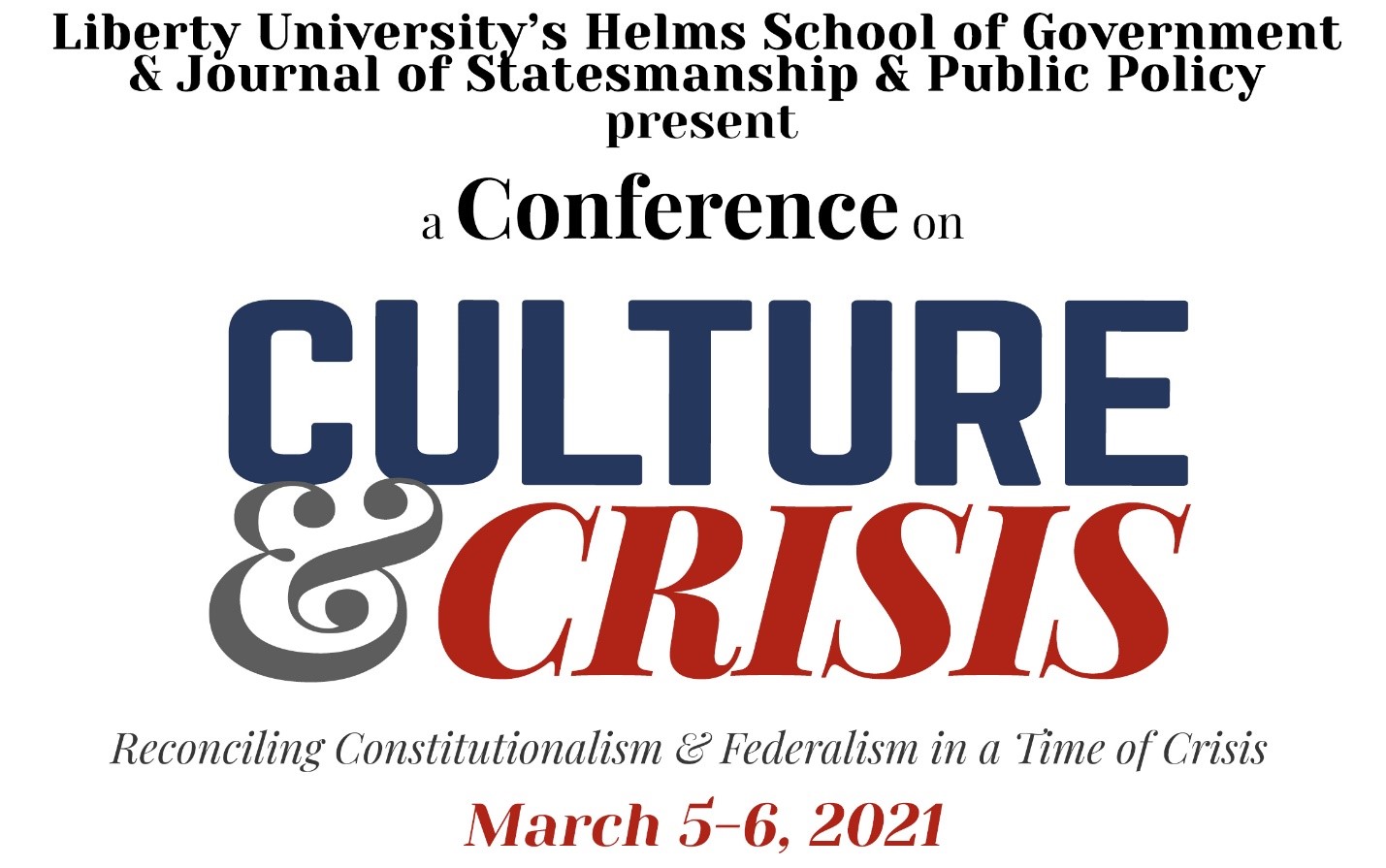Level of Education
Undergraduate
Keywords
Covid-19, legislative oversight
Abstract
What a difference a day makes. How much more a month? A year? How different our world looked over a year ago before we knew about the COVID-19 virus. Children casually played on playgrounds during recesses; family and friends gathered at churches, weddings, and funerals; and over 40,000 fans cheered from the stadium as the Washington Nationals won their first World Series. But in March of 2020, dark clouds rolled in under which many Americans have still not felt the sunlight on their uncovered faces. School doors still remain shut. Churches, which were banned from meeting, forbidden from singing, and denied communion, are only now opening after hard fought battles all the way to the United States Supreme Court.[1] Life as we knew it was taken under the control of governors, but not all governors. Some governors did not have the authority to impose life-altering burdens on their citizens; others could only do so with Legislative oversight. The most dangerous were those who operated unilaterally, which almost always resulted in unfettered exercise of power over their fellow citizens. For many of these states where emergency powers of governors were unchecked, the restrictions continue even now. These inconsistencies in the application of emergency action of executive powers, are not due to a variation of the COVID-19 virus somehow impacting states differently; rather, the inconsistencies in the burdens placed upon the citizens of a given state depend upon the authority given to a governor through the states’ statutes.[2]
[1] Calvary Chapel Dayton Valley v. Steve Sisolak, Governor of Nevada, No. 19A1070, 1.
[2] National Conference of State Legislatures, “Legislative Oversight of Emergency Executive Powers,” accessed November 1, 2020, https://www.ncsl.org/research/about-state-legislatures/legislative-oversight-of-executive-orders.aspx.
Included in
How Unfettered Emergency Powers Have Led to the Disregard of the Rule of Law
What a difference a day makes. How much more a month? A year? How different our world looked over a year ago before we knew about the COVID-19 virus. Children casually played on playgrounds during recesses; family and friends gathered at churches, weddings, and funerals; and over 40,000 fans cheered from the stadium as the Washington Nationals won their first World Series. But in March of 2020, dark clouds rolled in under which many Americans have still not felt the sunlight on their uncovered faces. School doors still remain shut. Churches, which were banned from meeting, forbidden from singing, and denied communion, are only now opening after hard fought battles all the way to the United States Supreme Court.[1] Life as we knew it was taken under the control of governors, but not all governors. Some governors did not have the authority to impose life-altering burdens on their citizens; others could only do so with Legislative oversight. The most dangerous were those who operated unilaterally, which almost always resulted in unfettered exercise of power over their fellow citizens. For many of these states where emergency powers of governors were unchecked, the restrictions continue even now. These inconsistencies in the application of emergency action of executive powers, are not due to a variation of the COVID-19 virus somehow impacting states differently; rather, the inconsistencies in the burdens placed upon the citizens of a given state depend upon the authority given to a governor through the states’ statutes.[2]
[1] Calvary Chapel Dayton Valley v. Steve Sisolak, Governor of Nevada, No. 19A1070, 1.
[2] National Conference of State Legislatures, “Legislative Oversight of Emergency Executive Powers,” accessed November 1, 2020, https://www.ncsl.org/research/about-state-legislatures/legislative-oversight-of-executive-orders.aspx.



